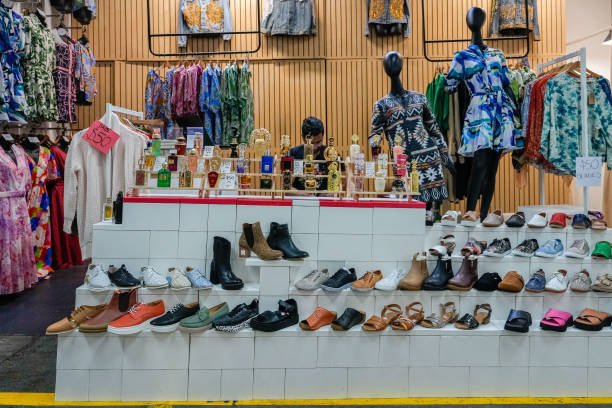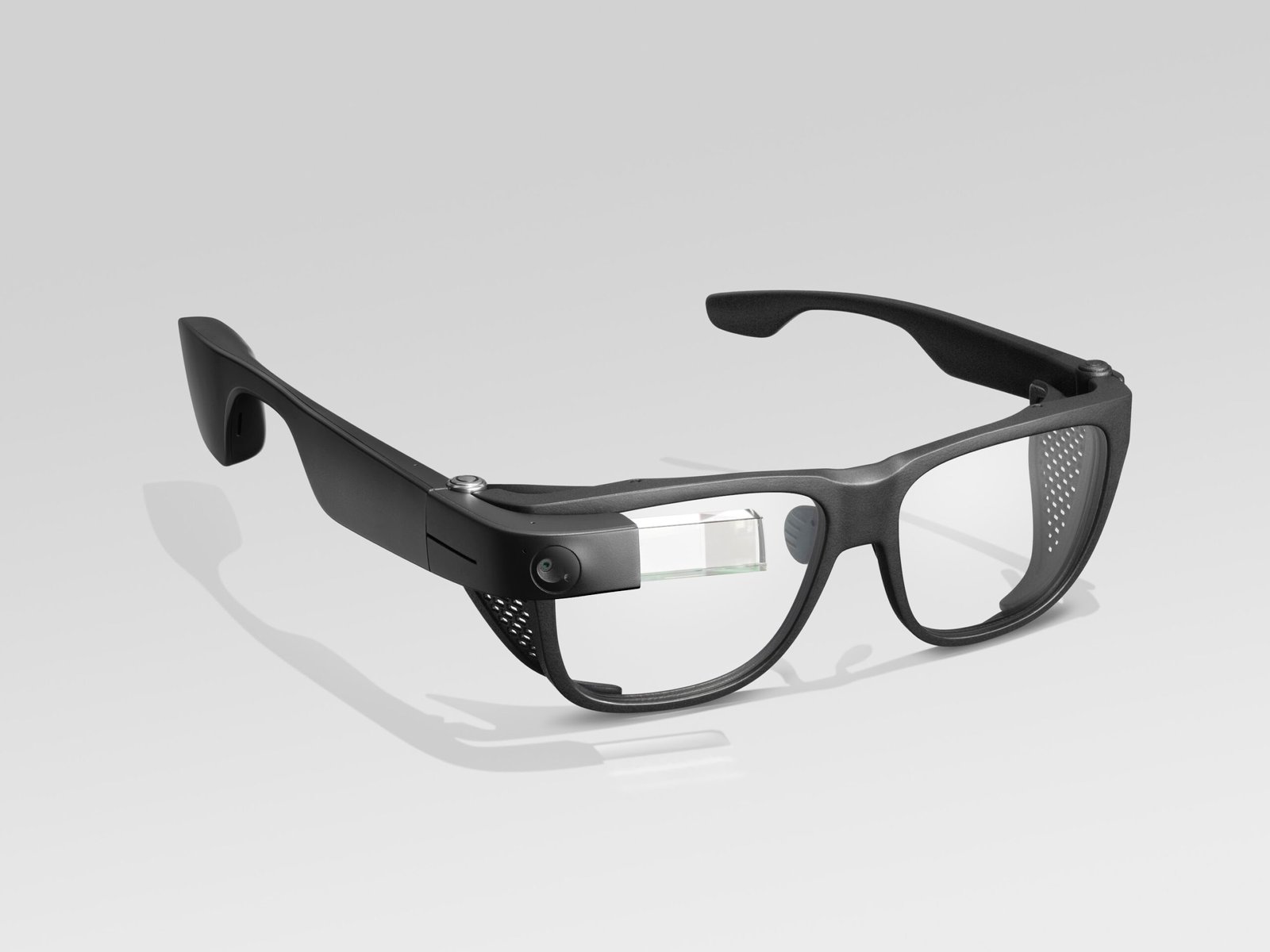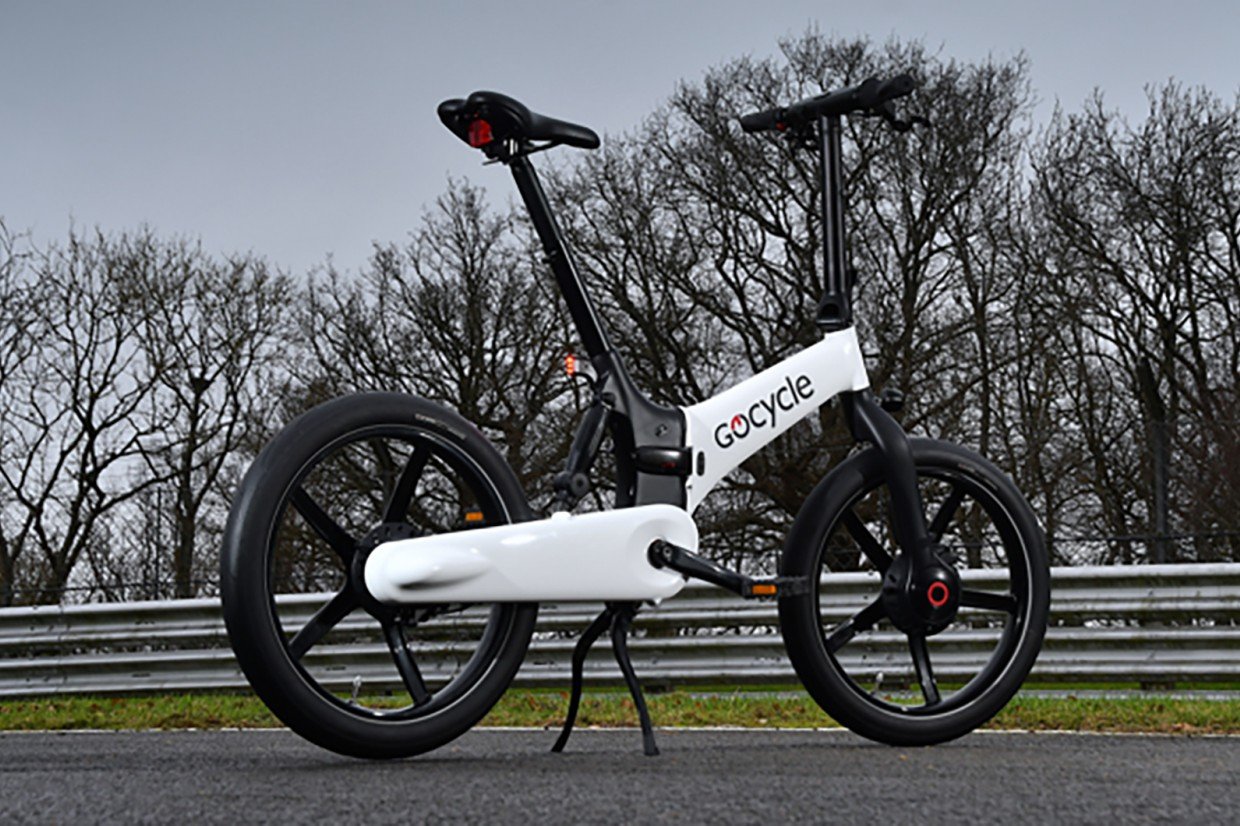Many everyday items in the US could soon become more expensive due to new import taxes announced by Donald Trump. These tariffs, which start from April 5, affect goods from almost every country. Some countries will face taxes as high as 50%, especially those labeled as “worst offenders.” This move could raise prices for common products like clothes, shoes, electronics, and even food.
The new tariffs could make it harder for businesses to absorb extra costs. Most of them might increase prices to stay profitable. Some may also reduce the number of goods they import, which could create supply shortages. Experts have warned that this could add to inflation, making it tougher for many households, especially lower-income families.
Here are some of the items that may see a price rise:
- Clothes from popular stores like Target, H&M, and the Gap may cost more. A large portion of their clothing is made in countries like Vietnam, China, and Bangladesh, which now face higher import taxes.

- Coffee and other foods, especially imported ones, are at risk. The US mainly imports coffee from Brazil, Colombia, and Vietnam. These products are now taxed, and prices could rise quickly.
- Shoes and sneakers, including popular brands like Nike and Adidas, could get costlier. A big part of their products comes from Asian factories now facing new tariffs.
- Alcohol, such as wine from France and beers made in Europe, may become more expensive. A 20% tariff on EU goods means restaurants and stores might raise prices.
- Electronics like smartphones, gaming consoles, and TVs may get hit. Countries like China, India, and Vietnam, where most of these items are made, are on the list for high tariffs. Nintendo already delayed the launch of its new gaming console due to this issue.
- Online shopping from sites like Temu and Shein could get pricier. A tax-free rule on low-cost imports has been removed. Now, small packages may face new taxes, starting at $25 per item, and even more from June 1.

This move may change how Americans shop. From affordable fashion to basic foods and electronics, price tags could soon reflect the impact of these tariffs.





















